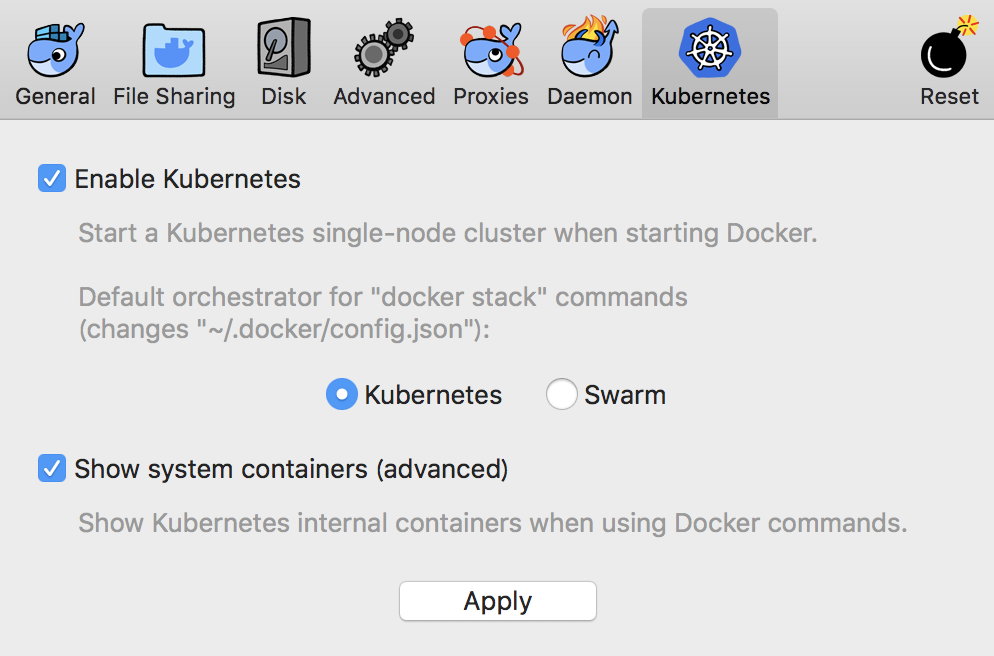

DOCKER FOR MAC INGRESS INSTALL
This shim install allows a bridge network to be created between the host and guest machine. While digging - I discovered a GitHub project that was working on this specific use case for Docker - docker-tuntap-osx. This isn't possible out of the box since it's actually Docker that's creating the machine, and the commands are hard-coded in that way. Hyperkit supports this functionality through a specific set of additional arguments used during the creation of the machine. Ultimately what was needed was a way to hit the docker0 bridge network.
DOCKER FOR MAC INGRESS HOW TO
In the Linux world, the docker0 bridge network is directly connected - allowing you to interact from a network perspective seamlessly.įortunately, I wasn't the only one looking at how to do this, and someone else far smarter solved it! The Solution Immediately upon starting to research, I found that the Great and Powerful Duffie Cooley had done a blog on just this topic, but from the Linux point of view.

Since MacOS leverages ( for virtualization, the interfaces for Dockers bridge network aren't actually routable interfaces - you're actually connecting to a socket instead. The problem I found however is with how MacOS handles Docker. It gets a bit more nebulous (or, expensive…) on-premises. In the public cloud world - getting services into a cluster and subsequent load balancer connectivity is pretty easy. Super useful for doing Kubernetes things locally!Ī ways back, I had discovered MetalLB as a method for getting an easy load balancer on-premises for Kubernetes. Enter KIND! KinD (or Kubernetes-in-Docker) is one of the Kubernetes SIG projects (Special Interest Groups), and represents a tool for deploying Kubernetes clusters inside of Docker. I was doing some experimentation with daemonsets recently). Minikube and Docker for Desktop generally provide an “OK” experience for testing Kubernetes based things locally - but I really like the ability work against multiple nodes for some cases (i.e. Since I did this, I've also bumped the date of this post to be current as well. I updated the post and did a sanity run through - updating a few of the steps for better clarity. For example aspects of the homebrew installation of tuntap have changed. A couple of the finer points of this configuration have changed since it was originally written.


 0 kommentar(er)
0 kommentar(er)
